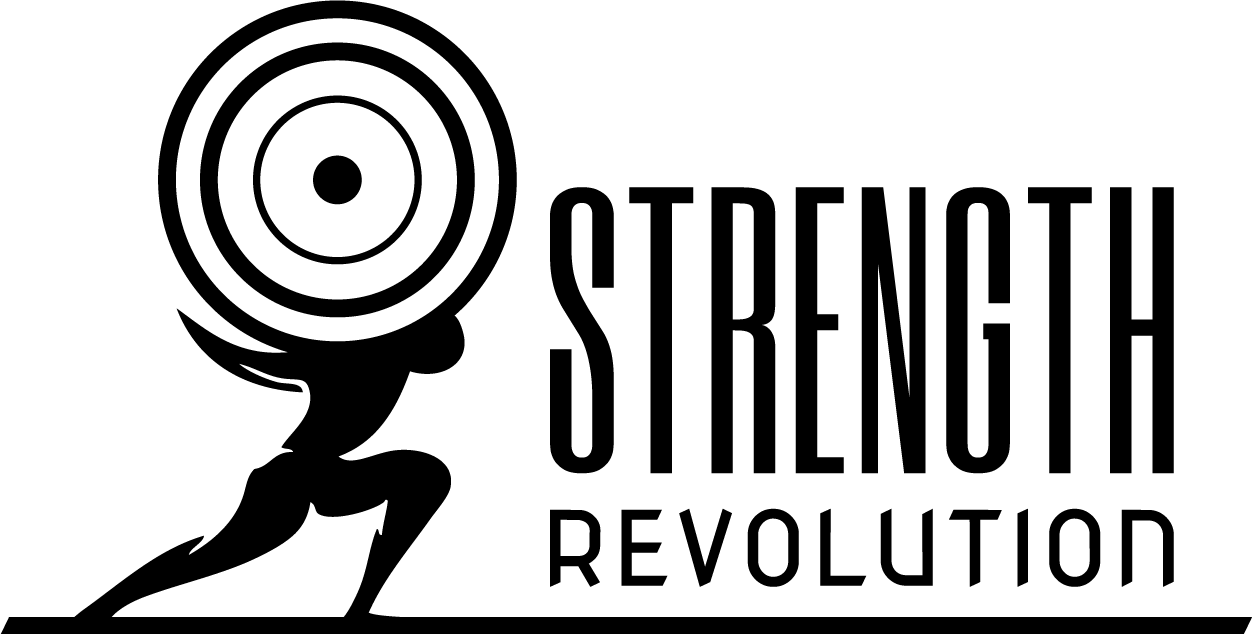The Most Important Exercise News Article Of The Year
Photo by Michael Mroczek
intro
I wish I could tell you that the most important news article of the year, was a health discovery, they keys to longevity or a wonderful new victory in competetive games. The truth is that it is not.
The real truth affects all people who train with weights and is much sadder.
background
Every year there are a number of tragic and yet entirely preventable deaths and serious injuries in gyms. In October 2017 the BBC posted a news update about a 15 year old boy that had been killed in an gym in Australia.
Now before you read any further I wan to be clear that correctly performed weight training is safe. I have written about the relative safety of weight training in comparison to other exercise.
The key emphasis should be on the words correctly performed.
I would like to play my part in bringing to you important safety information on weight training and in particular on an exercise called the bench press.
Although errors in performing other exercises could lead to an injury, the time a lifter is at the greatest danger is during the bench press, where the weight is held directly over your throat.
Fortunately, by following just a few simple steps you can drastically reduce these risks.
I don't mind if you choose to recruit my services or not, this simple information is so important it should be known to everyone that trains in a gym.
bench press safety
in 3 simple steps
Byron performing the bench press. HiRep gym, Kent. United Kingdom.
The bench press is a pushing exercise that is primarily used to strengthen the chest muscles, although it's benefits reach far beyond the chest "sculpting" effect it is most known for.
It is a good exercise and certainly has its place in a well designed exercise programme for men and women.
There are 3 simple steps to a safe bench press.
THUMBS. Always wrap your thumbs around the bar. There is a trend to bench with a thumbless grip, this is highly dangerous as the bar can slip out of your hands.
CATCHER ARMS. Use a bench press station or rack that enables you to set the catcher arms. In the picture above you can see I have set those arms so that if I cannot recover from a rep I just set the bar down safely.
COLLARS. Do not collar the bar. This means the plates will not be locked to the bar. In the event that the bar is on your chest and you cannot lift it you would tilt the bar to one side. The plates on the lowered side would slide off the bar under gravity and then the bar would flip off your chest under the weight of the remaining plates.
The catcher arms in position to receive the bar.
conclusion
You may argue, why not just avoid barbell training altogether and use resistance machines?
I have written about the benefits of using barbells and I believe that good coaching and following steps such as these vastly outperforms other forms of resistance training.
In short the way people get into trouble with the bench press is that they lose control of the bar. This happens because they did not wrap their thumbs and the bar slips out of their grip and hits them, or the weight is too heavy and they cannot raise it.
The bar ends up on their chest. If they have collared the bar then they cannot tilt it to free themselves, they become trapped and as they fatigue the bar rolls to their throat and chokes them out.
A combination of the above is what most likely happened to the young man in Australia. BUT would have been entirely preventable by taking the steps above.
Please use the link below to share this article online and help to keep the bench press a safe exercise.



